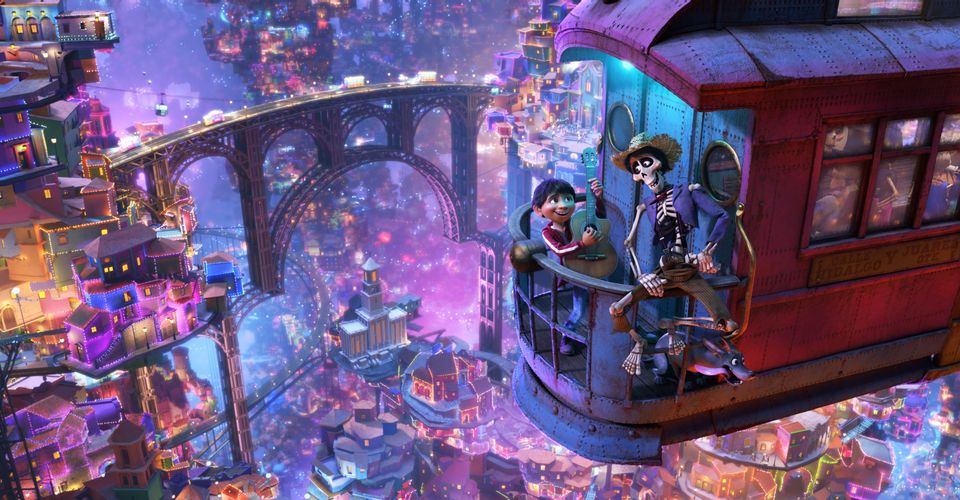Coco: The Importance of the Ofrenda Explained

Disney/Pixar films are known for their hidden themes. We’ve seen it countless times through the usage of dialogue, music, and through the usage of objects that contain a hidden meaning. In their upcoming new film Coco, Disney/Pixar delved deep into the culture and traditions behind Día de los Muertos before implementing them in their story. One such tradition was the ofrenda.
Adrian Molina, the co-director for Disney/Pixar’s Coco, explained at a press conference for the film the meaning behind the ofrenda and its place in Día de los Muertos. The ofrenda is an altar that is decorated to greet the deceased loved ones. On the altar, families leave food and presents for the deceased so that they can enjoy them in the afterlife. An important element to the ofrenda that plays a significant part in the remembrance of the deceased is photography of the deceased and their connection to the family. The ofrenda, in a sense, becomes the ultimate symbol for the family.
How does that play in the dynamic of the film? As co-director Lee Unkrich explained at a press conference for Coco, it has a lot to do with the pressure the main character Miguel is feeling about living up to familial expectations and wanting to pursue his passions:
“We wanted to put that pressure on the relationship and force Miguel to define what he wanted through action. And the pressure he feels from the family burden, that he feels like he doesn’t connect with them. So the ofrenda became the perfect place to drive that conflict home and the pressure of the family legacy. There’s a moment in the story where Miguel is going to go off to perform in the town talent show and then he becomes trapped literally between his family and the ofrenda symbolizing the tradition’s past and his parents and the promise of the future, so we loved the idea of Miguel being stuck between the two.”

The ofrenda is much more than a backdrop for where Miguel comes to a head with his conflicting emotions. Like all cultural traditions, there is always more than what we can see. If we look deep enough, these symbols and traditions serve a dual purpose. At first glance, the ofrenda represents the past. However, as Lee Unkrich explained, the creative team wanted the ofrenda room to represent something that pushed Miguel forward to embrace the past, but also feel comfortable moving forward towards something better for the future:
“So in the same way that the ofrenda acts as a setting, symbol, and reason for Miguel feeling trapped, it also becomes a setting, symbol, and reason for his freedom and we always looked for that kind of push and pull in the story, that it serves as a dual purpose. It is here in the ofrenda room, where memories are recalled and stories are told, but for Miguel it serves as a life changing, altering moment, this moment of discovery where he finds he has a connection to Ernesto de la Cruz.”
Utilizing the ofrenda as a grounding point to the beginning of Miguel’s exciting new journey will go far in elevating the tradition’s importance and its place in Miguel’s heart. It also emphasizes to viewers of the film that the ofrenda’s relevance can be seen on a small and grand scale. It’s not just important to Miguel, but it is important to the Mexican culture itself. The ofrenda represents the family and, ultimately at its core, it is the root that connects the family together.
MORE: How Coco’s Land of the Dead Stays Grounded In Reality
- Coco (2017)Release date: Nov 22, 2017

















